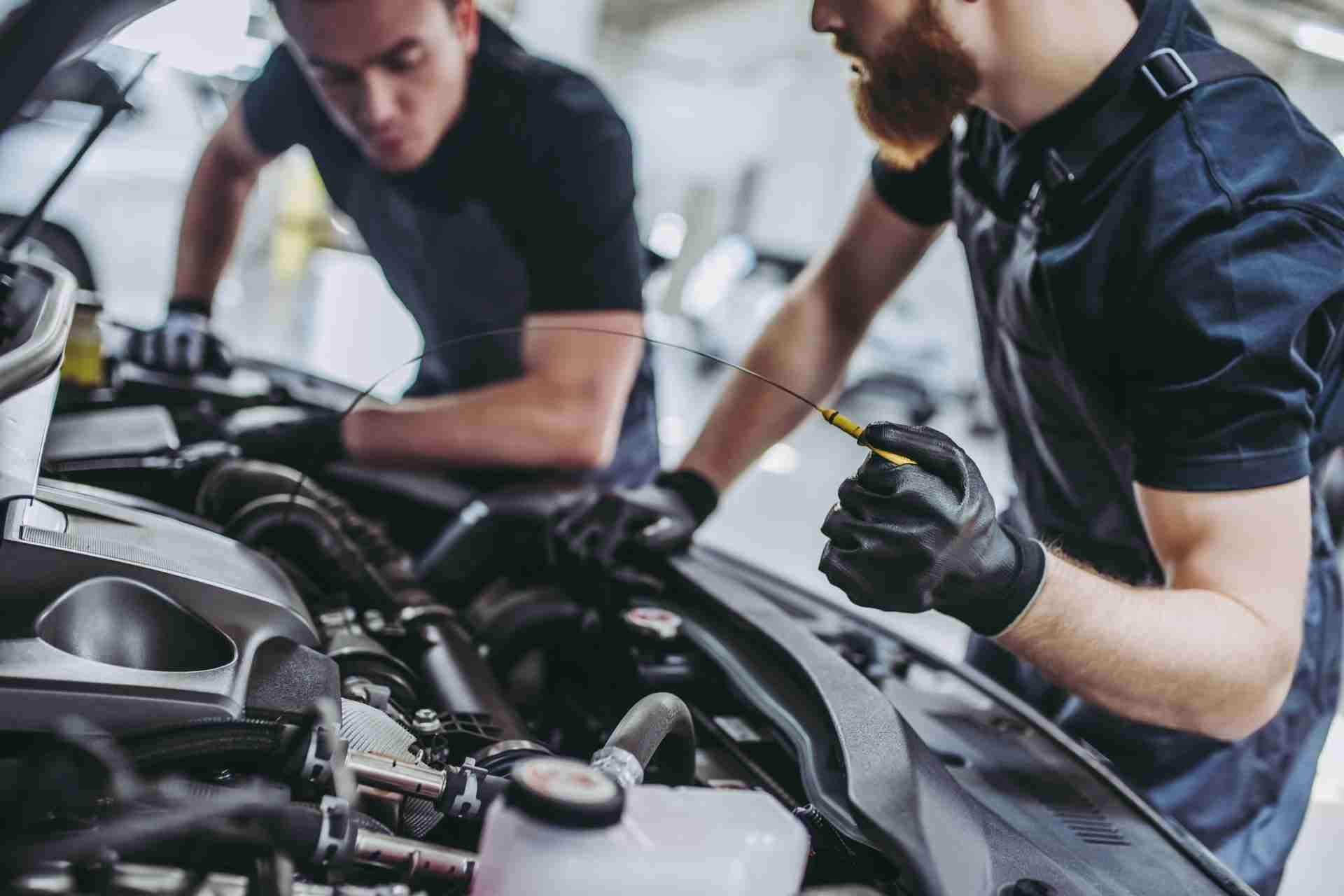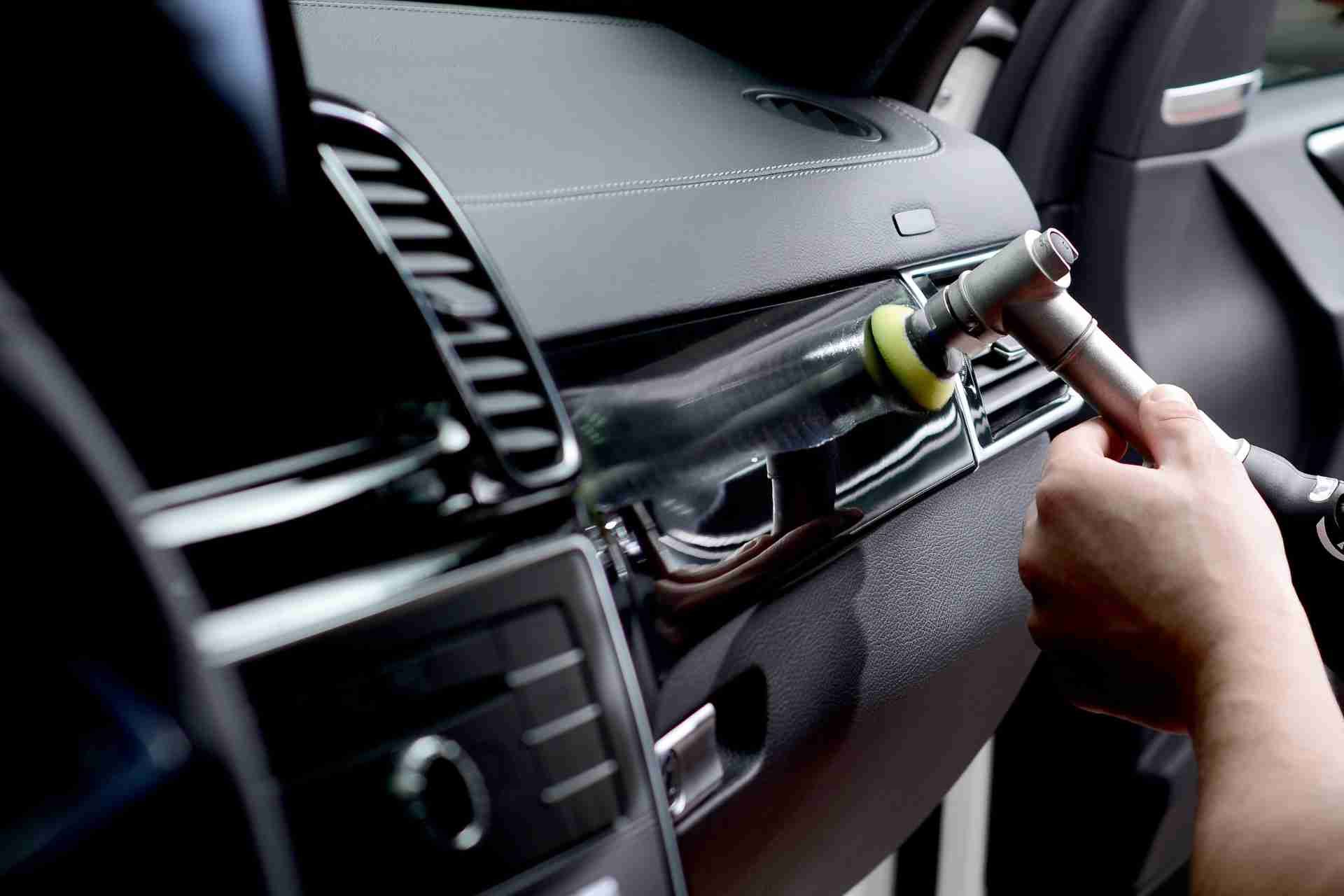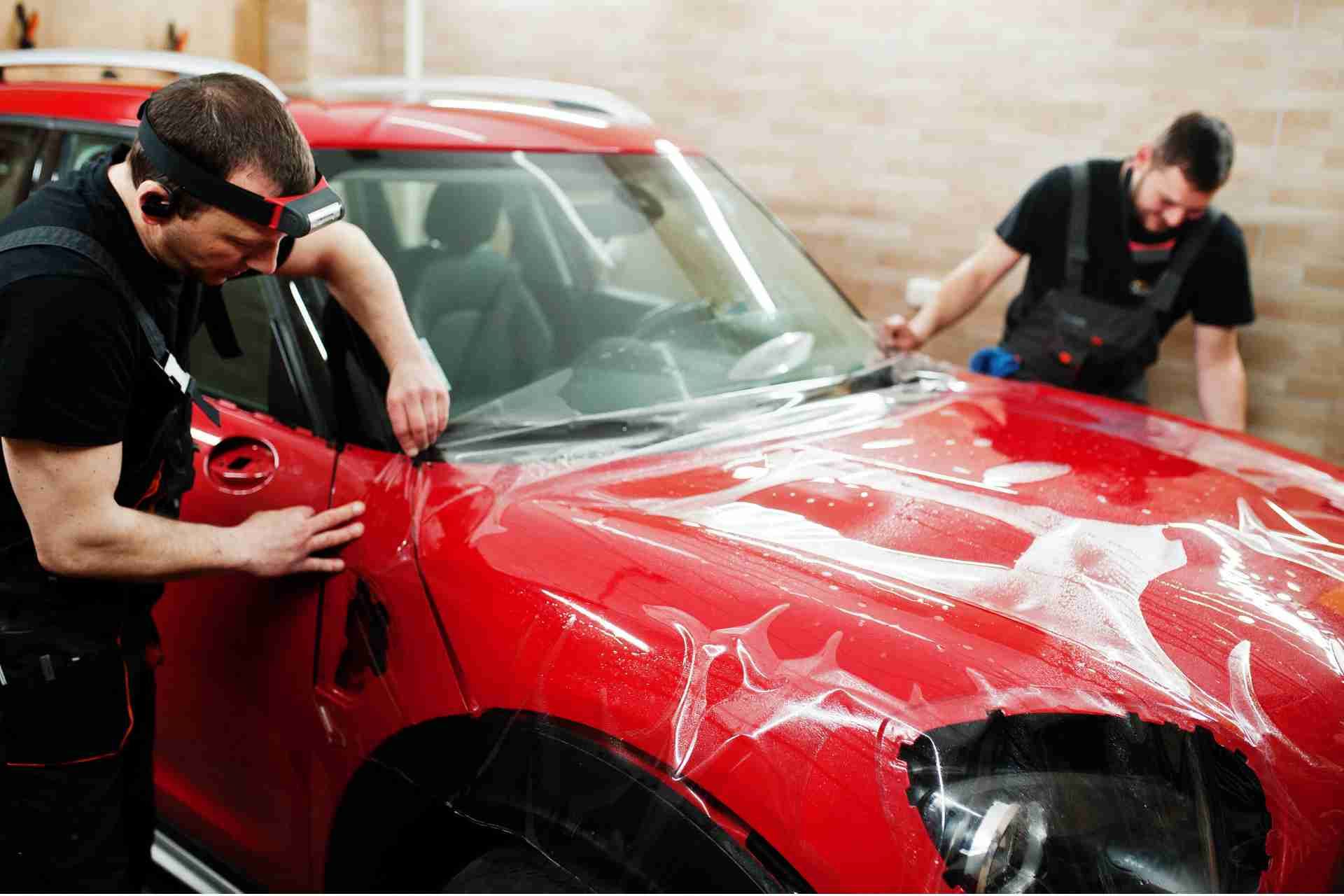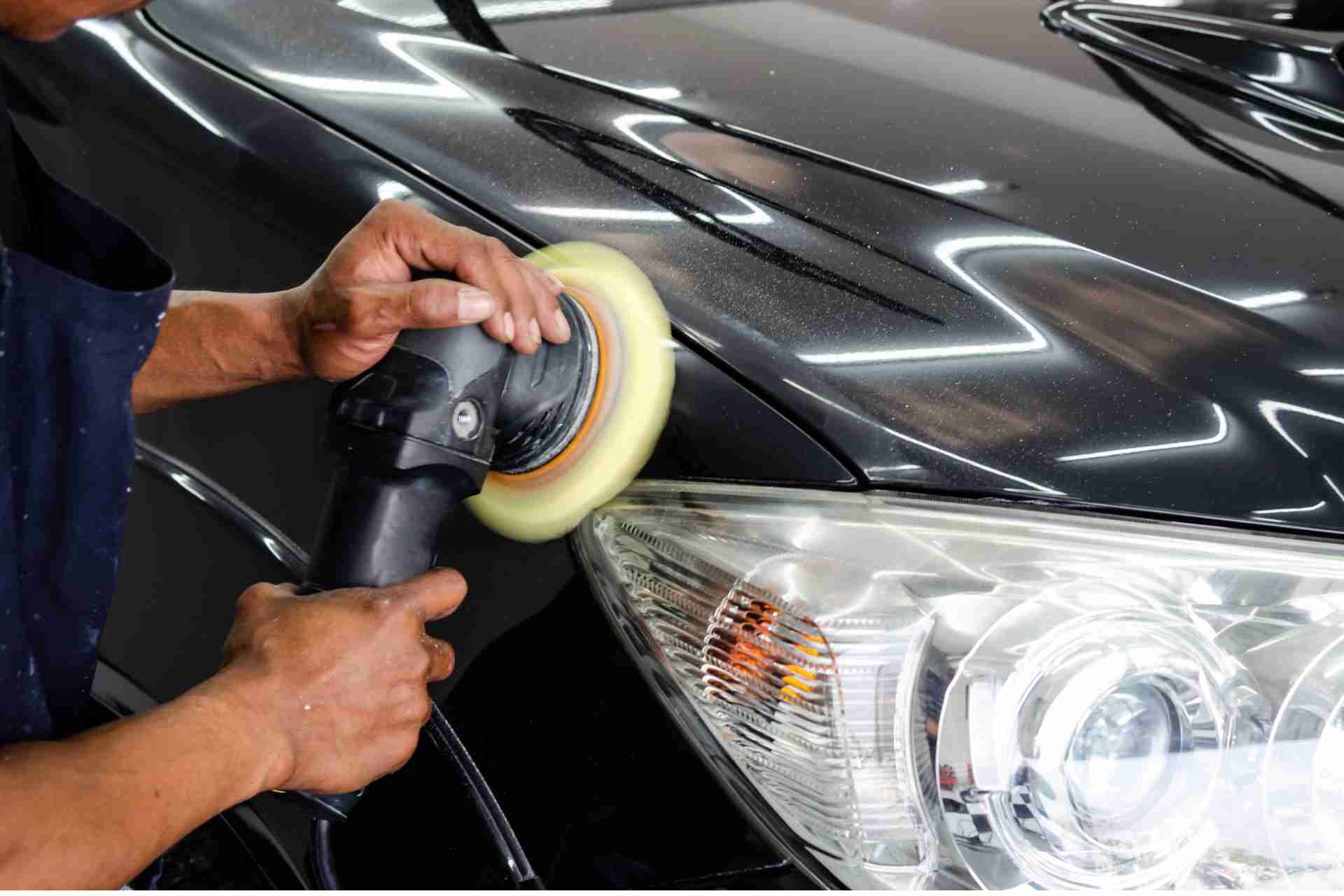Science behind Ceramic Coating
When it comes to protecting your car's paint job, there are many options to choose from. One of the most popular choices among car enthusiasts and professionals is ceramic coating.
Ceramic coatings have been hailed as the ultimate shield for your vehicle, but do you truly understand the science behind their remarkable performance?
But what exactly is ceramic coating, and what makes it so effective in protecting your car's paint?
Let's move forward and understand the science behind ceramic coating.
What are ceramic coatings?
Ceramic coatings are liquid polymer solutions that are applied to the exterior of a vehicle to create a protective layer. This layer bonds with the paintwork of the car to provide a durable and long-lasting barrier against dirt, UV rays, pollutants, and other environmental contaminants. Ceramic coatings are made up of silicon dioxide (SiO2) nanoparticles that create a hydrophobic surface, meaning that water and other liquids bead up and roll off the surface, making the car easier to clean.
Composition of Ceramic Coatings
Ceramic coatings have become increasingly popular in recent years for their ability to protect surfaces from scratches, chemicals, and UV rays. However, the composition of ceramic coatings can vary depending on the brand and type of coating.
Silicon Dioxide
One of the main components of ceramic coatings is silicon dioxide, also known as silica. Silica is a versatile material that is known for its durability and resistance to chemicals. It creates a strong bond with the surface it is applied to, creating a protective layer that is both water and scratch-resistant. Silica also helps to enhance the gloss and shine of the surface, making it look brand new.
Titanium Dioxide
Titanium dioxide is a white pigment that helps to reflect UV rays, preventing the surface from fading or discoloring over time. It also helps to create a barrier against dirt, debris, and other contaminants, making it easier to clean and maintain the surface.
Solvents, Polymers, and Additives
Ceramic coatings may also contain other ingredients such as solvents, polymers, and additives. These ingredients help to improve the application and durability of the coating, as well as provide additional protection against environmental factors.
Molecular Structure of Ceramic Coatings
The molecular structure of ceramic coatings plays a crucial role in determining their durability and protective properties. Ceramic coatings are composed of tightly bonded atoms arranged in a specific structure, which influences their performance. The atomic bonding within ceramic coatings is typically strong and stable, enhancing their resistance to wear and tear. This atomic arrangement contributes to the overall strength of the coating, making it a reliable protective layer.
Surface interaction is another important aspect of ceramic coatings' molecular structure. The surface properties of ceramics affect how they interact with their environment. For example, ceramic coatings with a smooth surface may exhibit better water repellency, while those with a rougher surface may offer enhanced adhesion properties. These surface interactions impact the coating's ability to repel contaminants, resist scratches, and maintain its protective qualities over time.
Understanding the molecular structure of ceramic coatings provides insights into how these materials function and why they're effective in protecting various surfaces. By optimizing atomic bonding and surface interactions, ceramic coatings can offer long-lasting protection and durability.
Protective Mechanisms of Ceramic Coatings
Understanding how ceramic coatings protect surfaces involves examining their inherent mechanisms.
Ceramic coating works by creating a protective barrier on the surface of an object, whether it be a car, a household appliance, or a piece of furniture. This barrier is made up of fine ceramic particles that bond together tightly to form a strong and durable shield against harmful elements. The coating is applied in thin layers, allowing it to conform to the contours of the object and provide a smooth and seamless finish.
One of the key protective mechanisms of ceramic coating is its resistance to scratches and abrasions. The hard and durable nature of ceramic particles makes it extremely difficult for sharp objects or abrasive materials to penetrate the coating and cause damage to the underlying surface. This means that objects treated with ceramic coating are less likely to show signs of wear and tear over time, allowing them to maintain their appearance and functionality for longer periods.
Ceramic coating is highly resistant to stains and discoloration. The smooth and non-porous surface of the coating prevents liquids, dirt, and other substances from seeping into the object and causing unsightly marks or discolouration. This makes it easier to clean and maintain the appearance of the coated object, as spills and stains can be quickly wiped away without leaving any lasting damage.
Another protective mechanism of ceramic coating is its ability to protect against UV radiation. The coating acts as a barrier between the object and the damaging effects of the sun's rays, helping to prevent fading, cracking, and other types of damage that can occur from prolonged exposure to UV light. This is particularly useful for objects that are frequently exposed to sunlight, such as cars and outdoor furniture.
How is Ceramic Coating Made?
Ceramic coating is a liquid polymer that is applied to the exterior of a vehicle. It contains nanoparticles of silicon dioxide, also known as quartz, which bonds with the surface of the vehicle to create a protective layer. The process of making ceramic coating involves several steps:
- Mixing: The main ingredient in ceramic coating is silicon dioxide, which is mixed with other chemicals and solvents to create a liquid solution. This solution is then put through a series of filters to remove any impurities.
- Heating: The liquid solution is heated to a specific temperature to activate the chemical bonding process. This heating process also helps to evaporate any remaining solvents, leaving behind a pure ceramic coating.
- Testing: Once the ceramic coating has been made, it undergoes a series of tests to ensure its quality and effectiveness. These tests may include checking the coating's thickness, hardness, and resistance to UV rays and chemicals.
- Packaging: After passing all the necessary tests, the ceramic coating is packaged into bottles or containers for distribution. Some companies may also offer ceramic coating kits for DIY applications.
When applying ceramic coating to a vehicle, it is important to follow the manufacturer's instructions carefully to ensure that it bonds properly with the surface. The coating typically needs to be applied in multiple layers, with each layer allowed to cure before the next one is added.











